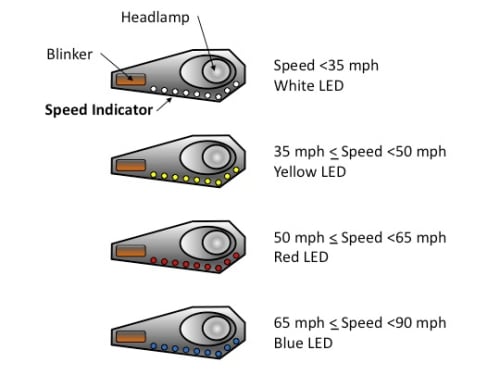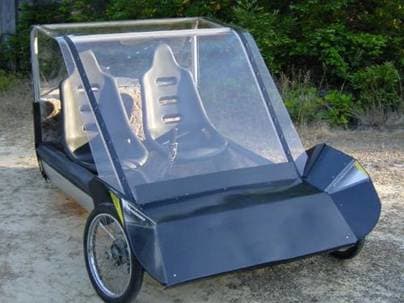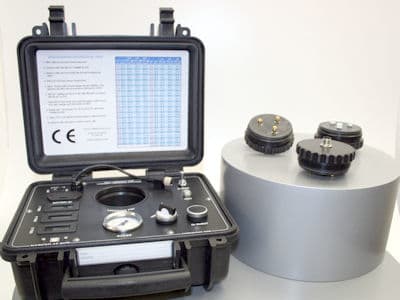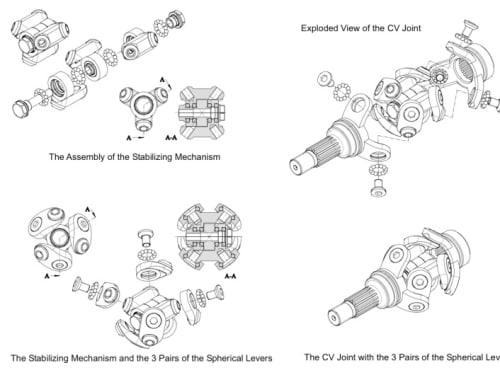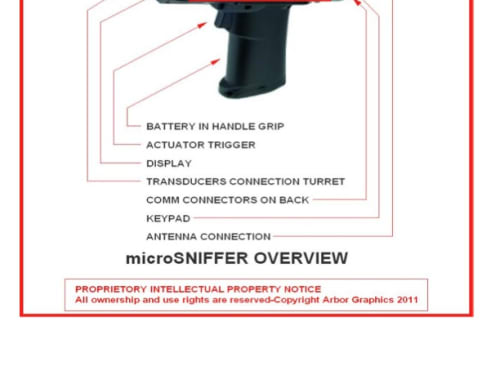The 2025 Contest is Now Open for Entries!
Submit your best new product ideas in any of seven categories for a chance at $25,000 USD and other great prizes. Here’s how to get started.
Help build a better tomorrow
Since Tech Briefs magazine launched the Create the Future Design contest in 2002 to recognize and reward engineering innovation, over 15,000 design ideas have been submitted by engineers, students, and entrepreneurs in more than 100 countries. Join the innovators who dared to dream big by entering your ideas today.
Read About All the 2024 Winning Inventions

Special Report spotlights the eight amazing winners in 2024 as well as honorable mentions in each category, plus the top ten most popular entries as voted by our community.
Click here to read moreA ‘Create the Future’ Winner Featured on ‘Here’s an Idea’
Spinal cord injury affects 17,000 Americans and 700,000 people worldwide each year. A research team at NeuroPair, Inc. won the Grand Prize in the 2023 Create the Future Design Contest for a revolutionary approach to spinal cord repair. In this Here’s an Idea podcast episode, Dr. Johannes Dapprich, NeuroPair’s CEO and founder, discusses their groundbreaking approach that addresses a critical need in the medical field, offering a fast and minimally invasive solution to a long-standing problem.
Listen nowThank you from our Sponsors
“At COMSOL, we are very excited to recognize innovators and their important work this year. We are grateful for the opportunity to support the Create the Future Design Contest, which is an excellent platform for designers to showcase their ideas and products in front of a worldwide audience. Best of luck to all participants!”
— Bernt Nilsson, Senior Vice President of Marketing, COMSOL, Inc.
“From our beginnings, Mouser has supported engineers, innovators and students. We are proud of our longstanding support for the Create the Future Design Contest and the many innovations it has inspired.”
— Kevin Hess, Senior Vice President of Marketing, Mouser Electronics
contest/2011
2011
Judging the speed of an approaching car can be tricky, even for an experienced driver. This important skill is used frequently in daily driving situations such as pulling into a busy street, merging into fewer lanes, entering on-ramps, passing into oncoming traffic on a single lane road, or switching lanes after a quick glance in the rearview mirror.
Major drawback of the electric vehicles are the batteries which only offer limited range, add weight, consume space and are a major cost component of the vehicle.
This entry proposes that this problem is alleviated by having a system which can input auxiliary electrical energy into the vehicle while it is on the road.
(Also, “VIP,” “Vacuum Lifting System,” “VLS”)
The system illustrated in the accompanying diagrams is intended as a supplement to the basic design of current VSTOL systems, specifically intending the practical implementation of such systems for use in consumer aircraft. The supplement is simple,
A personal transportation system designed to move 2 people locally with power stored in batteries, produced from pedal generators and on-board solar panels. The ElectriLite weighs 300 pounds and is designed to be produced in communities and facilitated by internet connection where advances in design and component purchases can be coordinated.
CCUBA (rebreathers) use oxygen cells to monitor the gas content that the diver breathes. This process is critical to the primary function of the life support system, and is also the weakest link in that control system. Oxygen cells behave in a similar way to electrical batteries in that they have a finite lifespan which is dependent upon use.
The invention relates to constant velocity joint of so-called fixed type, where the input and output shaft cannot move in the direction of their axes.
The aim of the invention is to provide a technical solution which is easier, cheaper, less demanding in production, and provides better parameters than current conventional solutions.
The human voice has the ability to control or operate an alarm, a radio or a variety of other devices including toys. Keeping this in view an idea was conceived to develop a device that can understand the human voice and perform the desired operations.
The High Altitude Wind Turbine (HAWT) is a sustainable technology project aimed at providing a rapid-response, deployable source of renewable energy marketed for military applications and disaster relief efforts in “off-grid” areas. The HAWT team recognized a deficiency in the mobile power generation market for something which utilized renewable forms of energy.
The microSNIFFER is a portable electronic monitoring device for detecting and reporting potentially hazardous materials.
The benefits of the microSNIFFER are as follows:
Local and remote monitoring; small size; long battery life; gas, liquid and solid monitoring functions; low-cost. This design idea will improve quality of life; facilitate tedious tasks; help prevent injury or death;
Multiple Sclerosis (MS) is recognized as one of the most challenging and debilitating diseases affecting children and is the most common neurological disorder seen in young adults. Although the mechanisms by which MS progressively results in neurodegenerative changes are evident these are not well understood. The latest medical break-throughs in understanding, treatment,
Page 18 of 74

